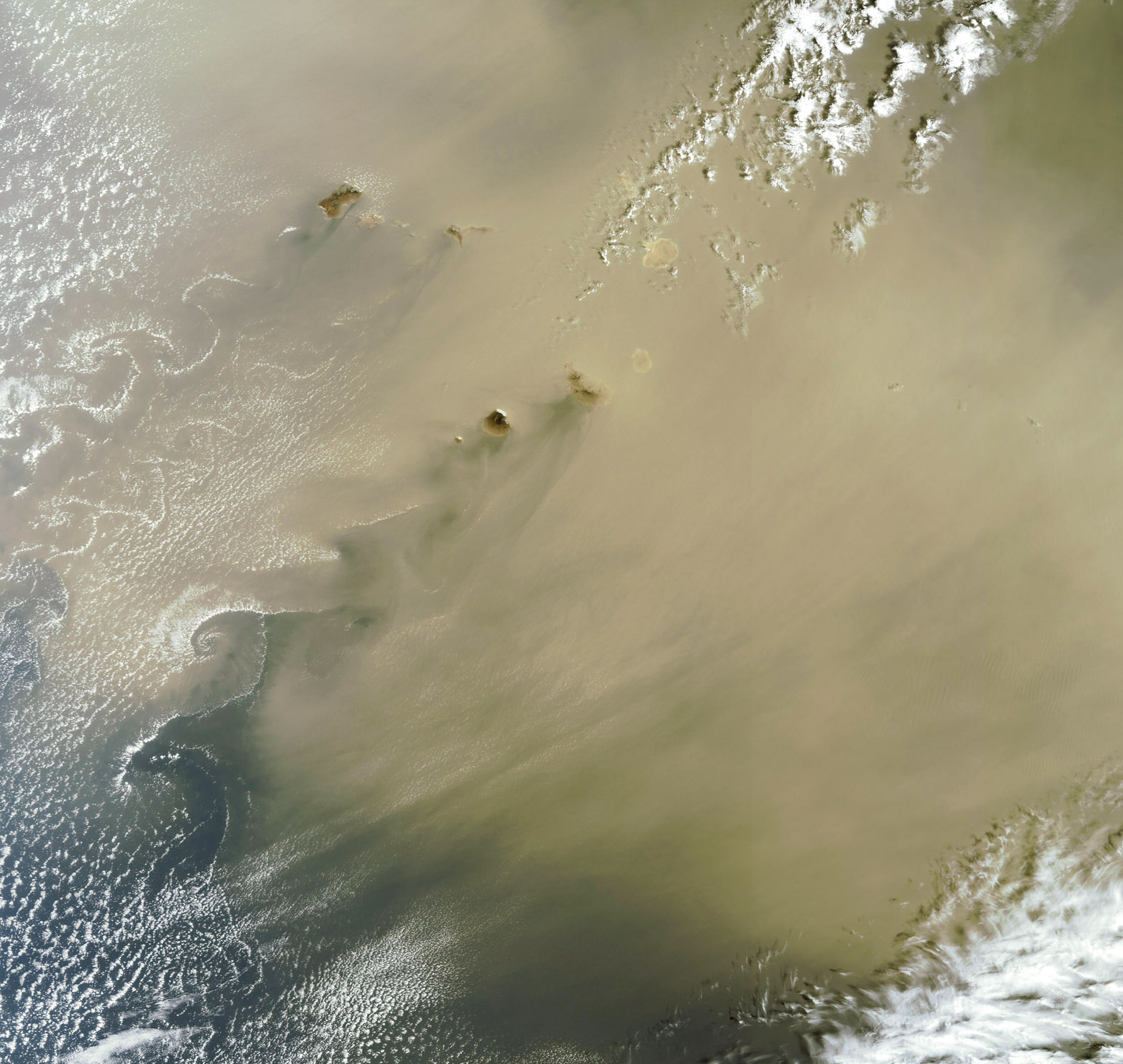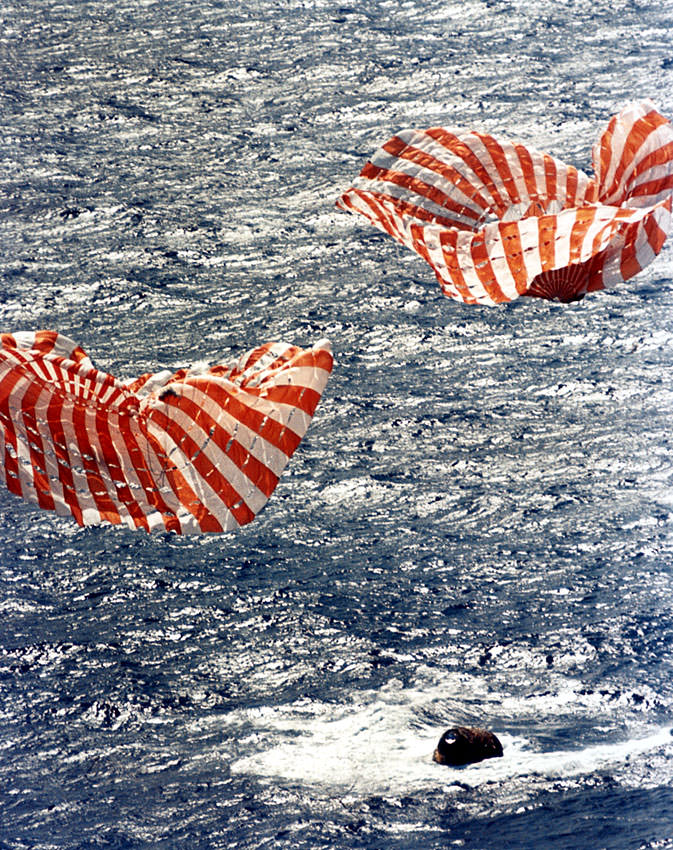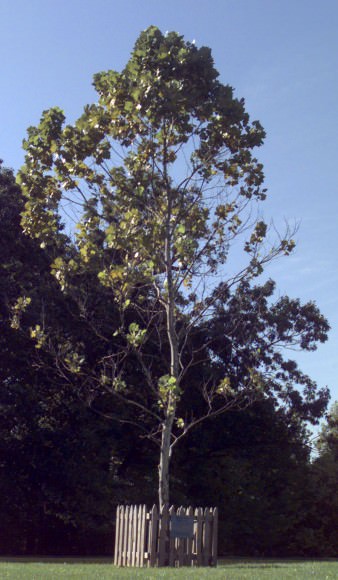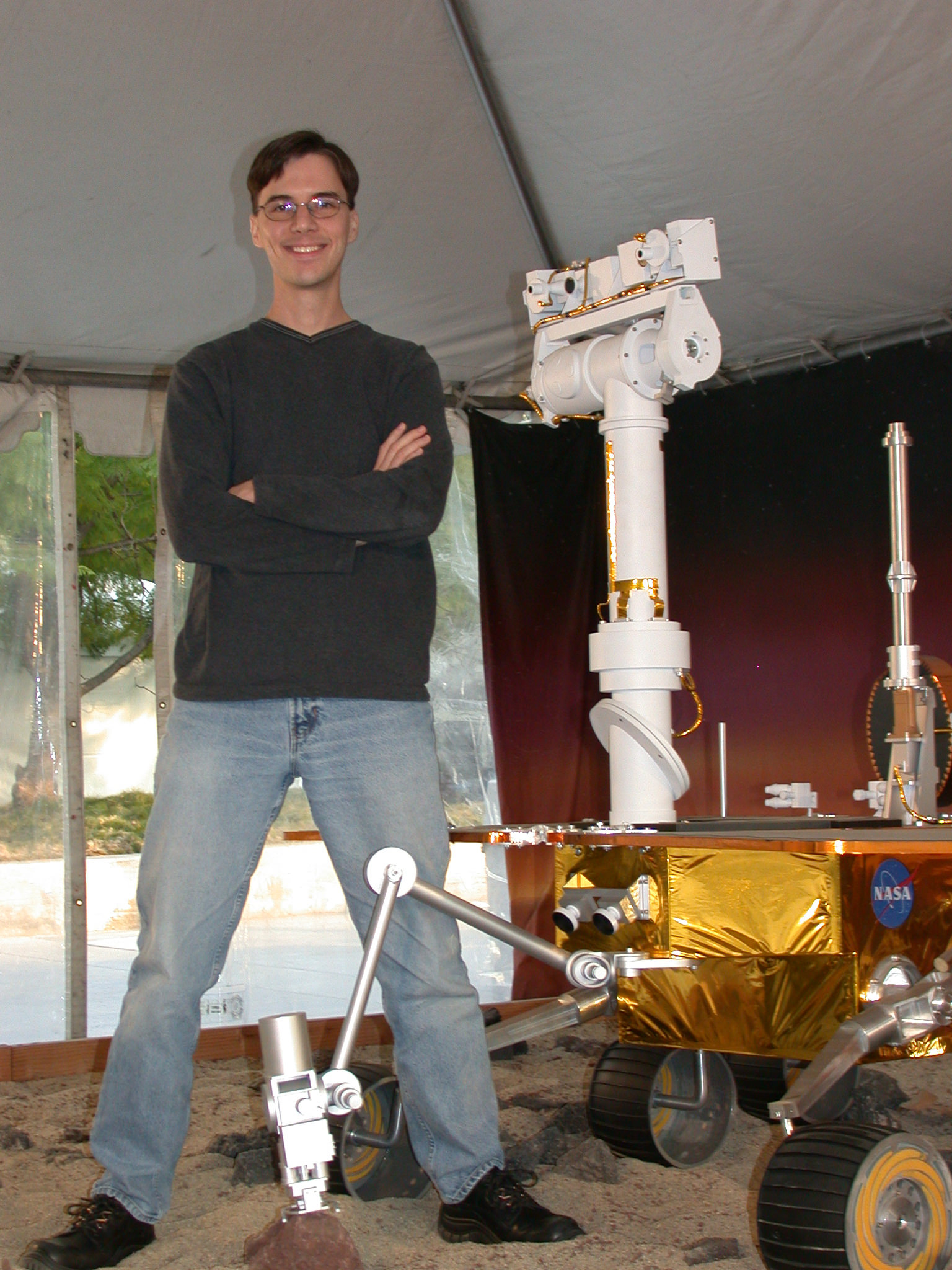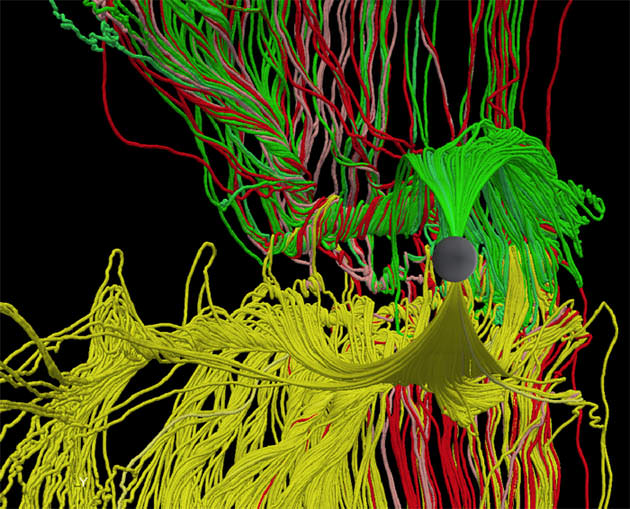[/caption]
NASA announced yesterday that it’s looking for new technology proposals using environmentally friendly fuels to launch payload. The space agency is hoping to move away from hydrazine, the fuel that currently launches anything that travels beyond the atmosphere from commercial satellites to private spaceflight and exploration probes.
As a rocket propellant, hydrazine is great. It’s incredibly efficient, can be stored for long periods of time, has excellent handling characteristics, is stable up to 250 degrees Celsius (482 Fahrenheit) under normal conditions, and decomposes cleanly.
It also happens to be extremely toxic.
Shifting away from hydrazine would be a shift away from known environmental hazards and pollutants. There would be fewer operational hazards for those dealing with fueled rockets before launch. The change could also simplify the complexity of the rockets’ systems and, possibly, increase overall propellant performance.
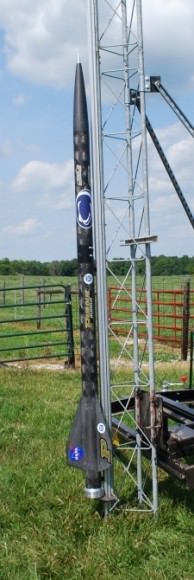
The benefits don’t stop there. Advantages on every level trickle down. “High performance green propulsion has the potential to significantly change how we travel in space,” said Michael Gazarik, director of NASA’s Space Technology Program at the agency’s headquarters in Washington. “By reducing the hazards of handling fuel, we can reduce ground processing time and lower costs for rocket launches, allowing a greater community of researchers and technologists access to the high frontier.”
Developing green propellants won’t be quick or easy. It will be a major challenge for NASA, particularly from a cost, schedule, and risk perspective. The agency has established the Technology Demonstration Missions Program at the Marshall Spaceflight Centre in Huntsville, Alabama to oversee the green fuel program. It will act as a bridge between laboratory confirmation of a technology and its use on a mission.
This isn’t the first time NASA has tried to develop green fuel. In 2009, the space agency and the US Air Force successfully launched a 9-foot rocket 1,300 vertical feet using a mixture of aluminum powder and water ice. The mixture, called ALICE, has been studied since the 1960s as an alternative propellant. The reaction between substances produces a large amount of energy during combustion and green exhaust products.
Environmental impact aside, fuels like ALICE could be manufactured on the Moon or Mars, negating the cost of sending propellants along as cargo on long-duration missions. This would be when designing long-term missions.

Aviation, too has been an outlet for NASA’s green fuel initiatives in the past. 2011’s CAFE Green Flight Challenge, sponsored by Google, had competitors in general aviation design aircraft capable of flying 200 miles in less than two hours and use less than one gallon of fuel per passenger. The first place winner of $1.35 million was the team Pipistrel-USA.com of State College, Pennsylvania used an electric aircraft that achieved twice the fuel efficiency required by the competition — they flew 200 miles on the equivalent of a half-gallon of fuel per passenger.
With this shift to green fuels, NASA hopes to partner with American companies to usher in a new environmentally friendly era of open access to space. The agency is planing to make multiple contract awards for green technologies with no single away exceeding $50 million.
Source: NASA





